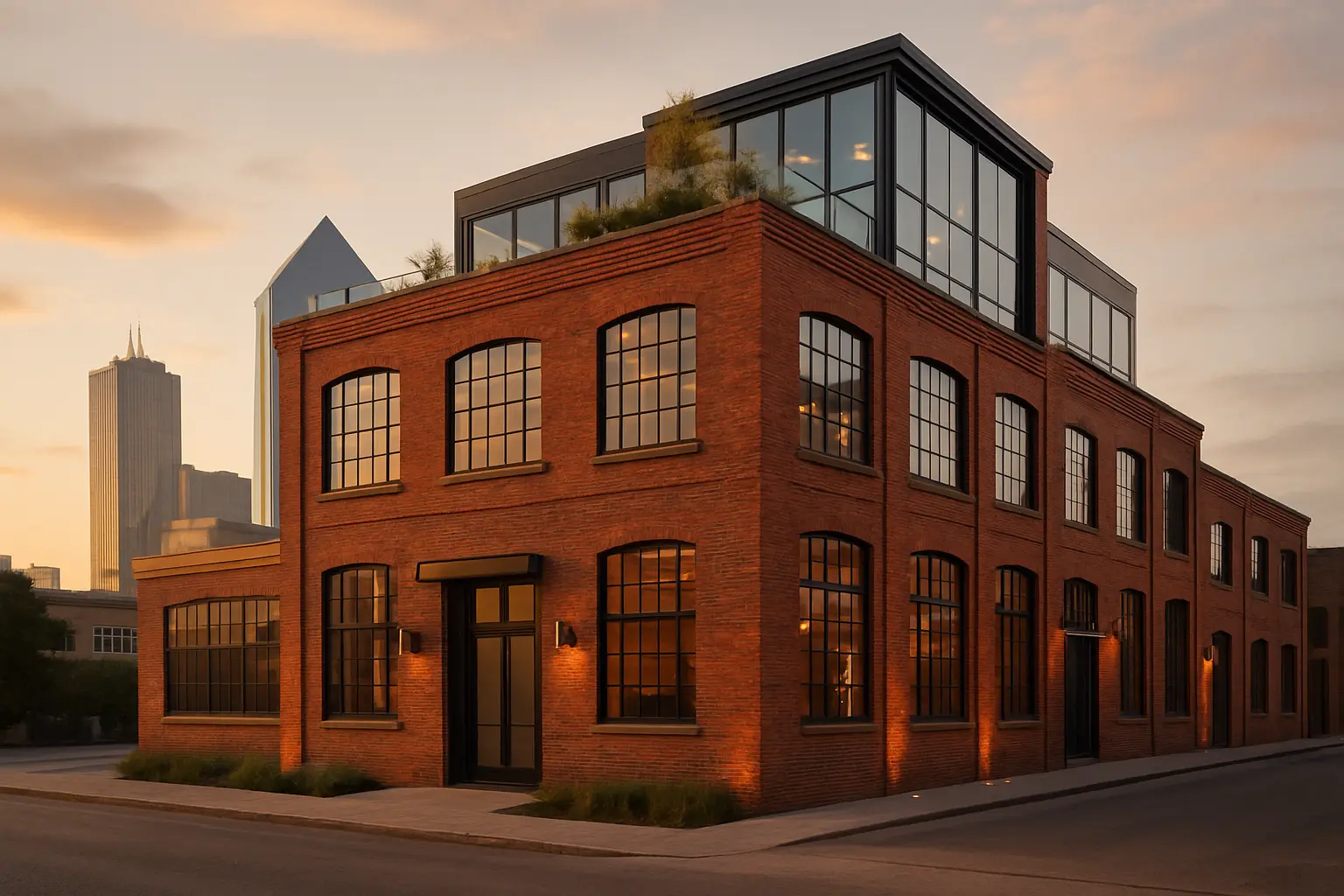The Hidden Gems of Dallas: Converting Historic Buildings into Modern Live-Work Spaces
Discover how savvy investors and homeowners are transforming Dallas's architectural treasures into innovative hybrid properties that blend living and working environments.

The Evolving Landscape of Dallas Real Estate
Dallas's real estate market is undergoing a remarkable transformation as the line between work and home continues to blur. The city's historic buildings, once overlooked, are now becoming the cornerstone of an architectural renaissance that's reshaping urban living. These architectural treasures are finding new life as innovative live-work spaces, meeting the growing demand for versatile environments that accommodate both professional and personal life.
The Untapped Potential of Historic Properties
In Dallas's established neighborhoods, historic buildings stand as testament to the city's rich architectural heritage. From former warehouses in the Deep Ellum district to vintage commercial buildings in the Bishop Arts District, these properties offer unique opportunities for creative conversion.
Key Factors for Evaluation
- Structural Integrity: The building's foundation and overall structure must be sound for successful conversion
- Historical Significance: Properties with historical designation may qualify for preservation tax credits
- Location Value: Proximity to urban amenities and business districts enhances property potential
- Spatial Configuration: Open floor plans and high ceilings provide flexibility for modern adaptations
Success Stories and Design Strategies
Successful conversions across Dallas demonstrate the perfect balance between preserving historical character and incorporating modern amenities. The key lies in thoughtful design that respects the building's heritage while meeting contemporary needs.
Design Elements That Work
- Exposed brick walls and original timber beams
- Energy-efficient windows that maintain historical aesthetics
- Flexible space dividers for adaptable work areas
- Modern technology infrastructure seamlessly integrated into historical features
"The beauty of these conversions lies in their ability to preserve Dallas's architectural heritage while creating functional spaces for modern living and working."
Practical Considerations
Successful live-work conversions require careful attention to:
- Zoning regulations and building codes
- Sound insulation between work and living spaces
- Adequate parking solutions
- Modern HVAC systems that respect historical features
The Future of Dallas's Real Estate Market
Historic live-work conversions represent more than just a trend; they're a sustainable solution for urban development that preserves Dallas's architectural heritage while meeting modern needs. These properties offer unique value propositions:
- Reduced commute times and environmental impact
- Enhanced work-life balance
- Strong potential for property value appreciation
- Creation of vibrant, mixed-use neighborhoods
As Dallas continues to grow, these thoughtfully converted spaces stand as prime examples of how historical preservation and modern functionality can coexist, creating unique environments that serve both living and working needs while maintaining the city's rich architectural character.


